Green Finance and Renewable Energy Certificates: A Sustainable Partnership
In recent years, there has been an increasing focus on finding sustainable solutions to combat climate change and promote environmental conservation. One such solution is the intersection of green finance and renewable energy certificates (RECs). Green finance refers to financial products and services that support projects and businesses that have a positive impact on the environment. Renewable energy certificates, on the other hand, are tradable certificates that represent the environmental and social benefits of renewable energy generation. This blog post will explore the partnership between green finance and RECs, and how they are contributing to a sustainable future.
The Intersection of Green Finance and Renewable Energy Certificates
The intersection of green finance and RECs presents both challenges and opportunities. On one hand, it provides a platform for investors to support renewable energy projects and contribute to a low-carbon economy. On the other hand, it requires collaboration between financial institutions, renewable energy developers, and regulatory bodies to ensure transparency and credibility in the market.
Several key players in the green finance and RECs space have emerged as leaders in promoting sustainability. JPMorgan Chase, for example, has committed to facilitating $200 billion in clean financing by 2025. The company has also made significant investments in renewable energy projects and is actively involved in the trading of RECs. Similarly, Goldman Sachs has established a dedicated team for sustainable finance and is working towards aligning its investment portfolio with the goals of the Paris Agreement.
The Impact of Green Finance and Renewable Energy Certificates
Green finance and RECs are driving the transition to a low-carbon economy in several ways. Firstly, they provide funding for renewable energy projects that might otherwise struggle to secure financing. This financial support enables the development and expansion of renewable energy infrastructure, reducing our reliance on fossil fuels and decreasing greenhouse gas emissions.
Governments and regulatory bodies play a crucial role in creating an enabling environment for green finance and RECs. They can implement policies and regulations that incentivize investment in renewable energy and provide a clear framework for the trading of RECs. For example, the European Union's Renewable Energy Directive sets binding targets for member states to increase the share of renewable energy in their energy mix. This directive has been instrumental in driving investment in renewable energy projects and the trading of RECs within the EU.
The impact of green finance and RECs extends beyond the energy sector. These initiatives also influence investment decisions by signaling to investors the importance of sustainability and the potential risks associated with fossil fuel investments. As the demand for sustainable investments grows, companies that fail to align with environmental goals may face financial consequences. This shift in investor sentiment is prompting businesses to adopt more sustainable practices and transition towards renewable energy sources.
Conclusion
Green finance and renewable energy certificates have emerged as powerful tools in promoting sustainability and combating climate change. The partnership between these two entities is facilitating the transition to a low-carbon economy by providing funding for renewable energy projects and signaling the importance of sustainability to investors. Governments and regulatory bodies play a crucial role in creating an enabling environment for green finance and RECs through the implementation of supportive policies and regulations.
As the demand for sustainable investments continues to grow, it is important for individuals and businesses to educate themselves about green finance and RECs. This can be done by researching financial institutions and companies that are actively involved in sustainable finance, such as JPMorgan Chase and Goldman Sachs. Additionally, individuals can explore the trading of RECs and the potential benefits of investing in renewable energy projects.
In conclusion, the partnership between green finance and renewable energy certificates holds great potential in driving a low-carbon economy. By supporting renewable energy projects and promoting sustainability, these initiatives are paving the way for a more sustainable and environmentally conscious future. It is up to individuals, businesses, and governments to embrace this partnership and contribute to a greener and more sustainable world.





No comments